 Print This Post
Print This Post

Am I allowed to say — and will you believe it if I tell you? — that my Grammy Zito made the best Easter bread on the planet?
Soft, warm, fragrant, eggy, wonderful Easter bread, kneaded by hand, lovingly, in her Italian kitchen. We sliced it thin, slathered it thickly with butter (back in the day when we all weren’t afraid of butter!), and ate it for breakfast, lunch and dinner.
It makes wonderful toast, sandwiches and snacks.
 And the recipe, observed and recorded by my mother, now has a permanent home in my recipe box. While I don’t often enough have time to make bread entirely by hand, I still crave the flavor of my grandmother’s bread; Easter Sunday just wouldn’t be the same without it.
And the recipe, observed and recorded by my mother, now has a permanent home in my recipe box. While I don’t often enough have time to make bread entirely by hand, I still crave the flavor of my grandmother’s bread; Easter Sunday just wouldn’t be the same without it.
So with a little tinkering with ingredient amounts, I can easily make it in my automatic bread machine. I use a modified strategy of letting the machine do the kneading and first rise, and then I take over for the second rise and baking in the oven. But you can certainly do the whole shebang in the machine if you like.
I hope you haul out your bread machine and try it, too. My usual top rating is 5 stars. To this, I give 10 stars!
Recipe: Grammy’s Italian Easter Bread
Summary: Craving the flavor of old-time Italian Easter bread, made the easy way, using the automatic bread machine.
Ingredients
- 1 package (2 1/4 teaspoons) dry yeast (I used SAF-Instant Yeast, so no need to proof or dissolve)
- 3 cups bread flour
- 1/3 cup granulated sugar
- 1/2 teaspoon salt
- 3 eggs
- 1 tablespoon melted butter (I used Kerrygold)
- 1/2 cup milk, scalded and then cooled (may need additional milk; see note below*)
Instructions
- Easiest way: Add ingredients to bread machine in order recommended by manufacturer. Turn machine on (White Bread setting) and let it go! (Check dough consistency early in kneading cycle and add up to 1/4 cup more milk if needed to achieve correct consistency; see note below.) Skip to step #7.
- The Shockingly Delicious usual way: Add ingredients to bread machine in order recommended by manufacturer. Turn machine on to dough setting, and let the bread maker mix, knead and go through the first rise (something like 80 minutes total). (Check dough consistency early in kneading cycle and add up to 1/4 cup more milk if needed to achieve correct consistency. See note below.)
- When it beeps and is done with dough cycle, remove dough, shape in a round, place it on a parchment paper-covered baking sheet, and set in a warm place for the second rise.
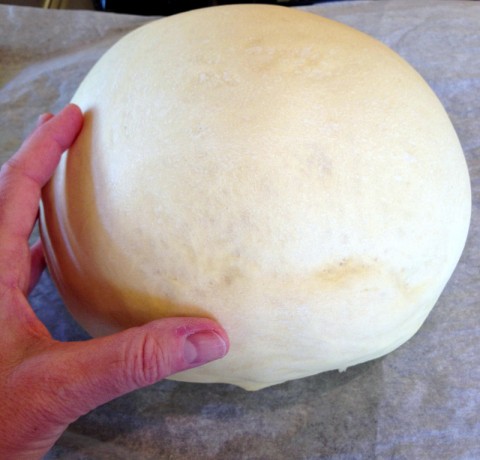
- Allow to rise for 30-60 minutes, undisturbed, until it doubles in size.
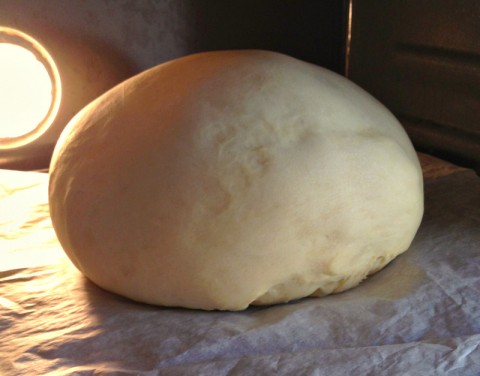
- Heat oven to 350F degrees, and bake loaf for 30 minutes. The top will be brown and it will sound hollow if you thump the bottom.
- Remove from oven, transfer loaf to a rack and cool completely before cutting. (If you allow it to cool while still on the baking sheet, the condensation from cooling will make the bottom soggy. So move it!)
- Cut and serve with butter (we enjoy Kerrygold unsalted), and enjoy!
Quick notes
Follow the instructions that come with your bread machine. Some makers recommend yeast first, some recommend yeast last, etc. You’ll get the best result if you scan the little pamphlet that came with the machine and heed it.
*Dough consistency
 I made this bread many times before, and 1/2 cup milk was the right amount. The other day I made it and the dough wasn’t holding together correctly, and looked dry to me during the mixing/kneading phase in the bread machine, so I added more milk, a tablespoon at a time, until it looked right (an additional 1/4 cup total). Why did it work some times, and not the other? It could have been that my eggs were old and so were drier and less liquidy. It could have been that this time I made it on a super-dry winter day, so my flour naturally contained less moisture than usual. My point is that you need to peek at the dough while it is kneading, even in an automatic bread maker, and possibly adjust the moisture content of the dough, depending on weather or ingredient factors.
I made this bread many times before, and 1/2 cup milk was the right amount. The other day I made it and the dough wasn’t holding together correctly, and looked dry to me during the mixing/kneading phase in the bread machine, so I added more milk, a tablespoon at a time, until it looked right (an additional 1/4 cup total). Why did it work some times, and not the other? It could have been that my eggs were old and so were drier and less liquidy. It could have been that this time I made it on a super-dry winter day, so my flour naturally contained less moisture than usual. My point is that you need to peek at the dough while it is kneading, even in an automatic bread maker, and possibly adjust the moisture content of the dough, depending on weather or ingredient factors.
Making it without a bread machine
Preparation time: 10 minutes
Cooking time: about 2 1/2 hours (including mixing, kneading, rising, baking in bread machine)
Diet type: Vegetarian
Number of servings (yield): 12
Culinary tradition: Italian
My rating 10









 Welcome to my kitchen!
At ShockD, you’ll find scrumptious, tried & true, "scary good" recipes, tips and coaching to make YOU a fabulous home cook! Don't blame me if you need a 12-step program to wean yourself away!
E-mail me: Dorothy.Reinhold@gmail.com
Welcome to my kitchen!
At ShockD, you’ll find scrumptious, tried & true, "scary good" recipes, tips and coaching to make YOU a fabulous home cook! Don't blame me if you need a 12-step program to wean yourself away!
E-mail me: Dorothy.Reinhold@gmail.com



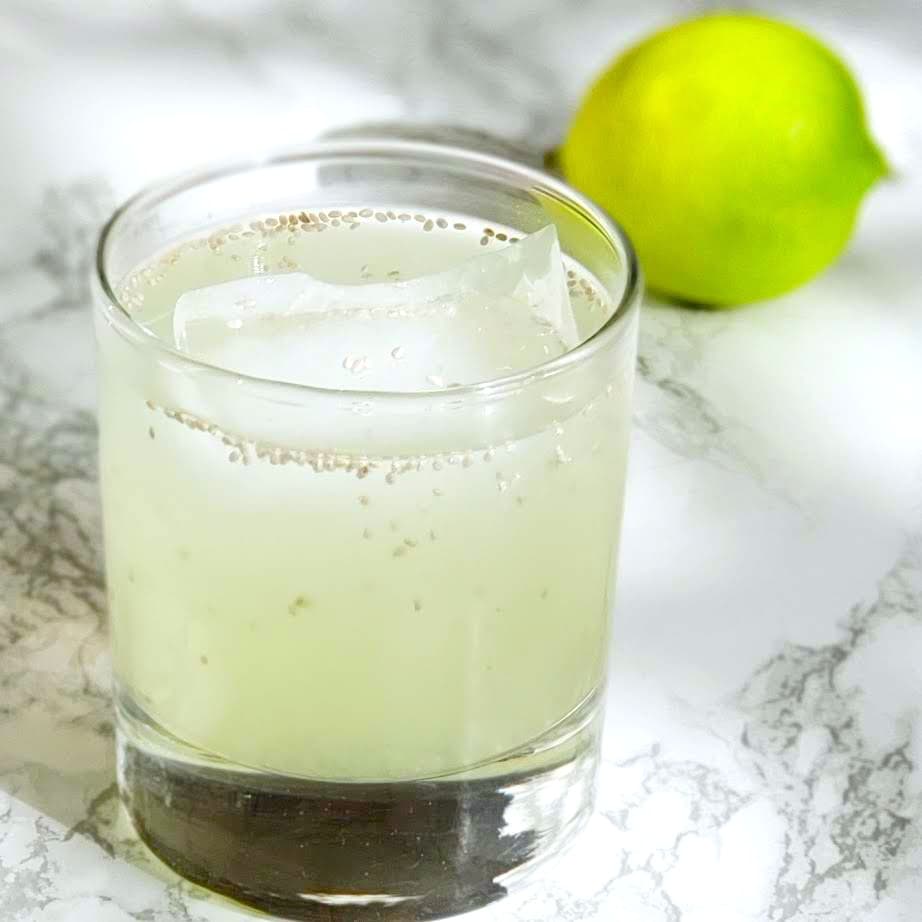
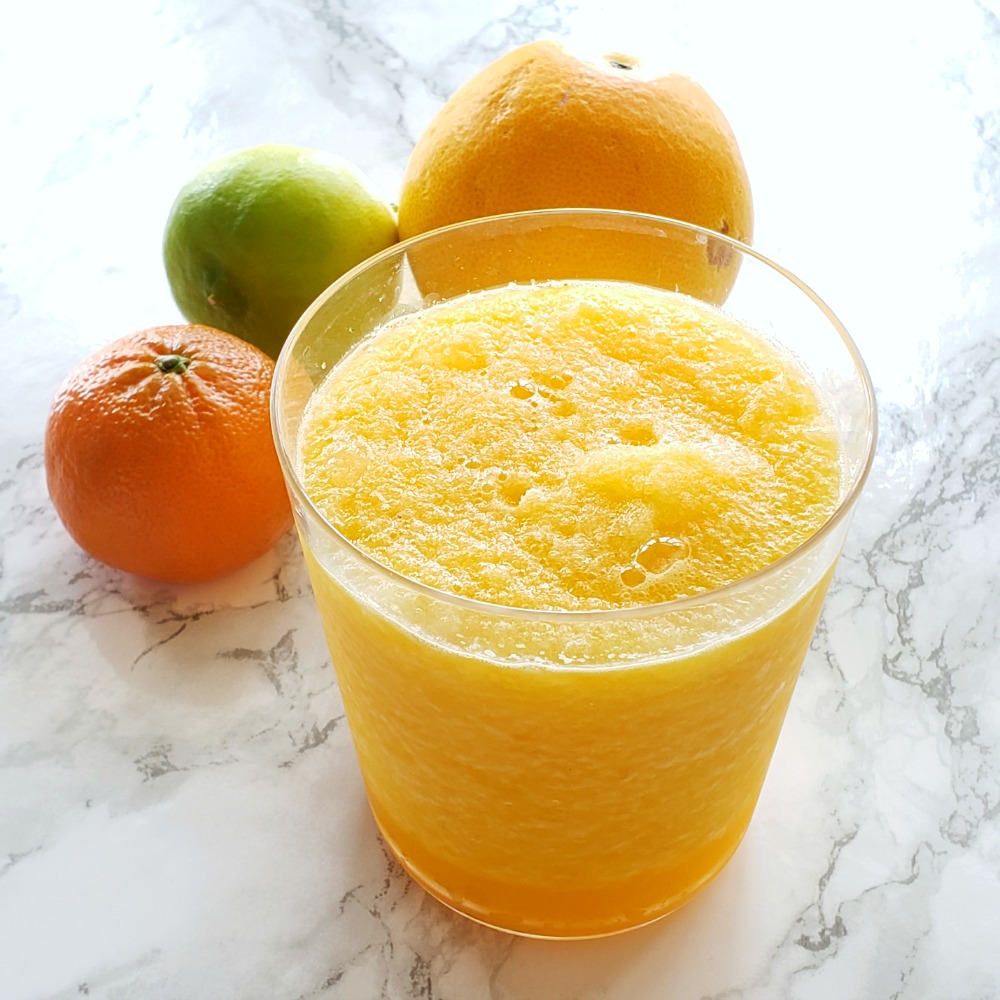
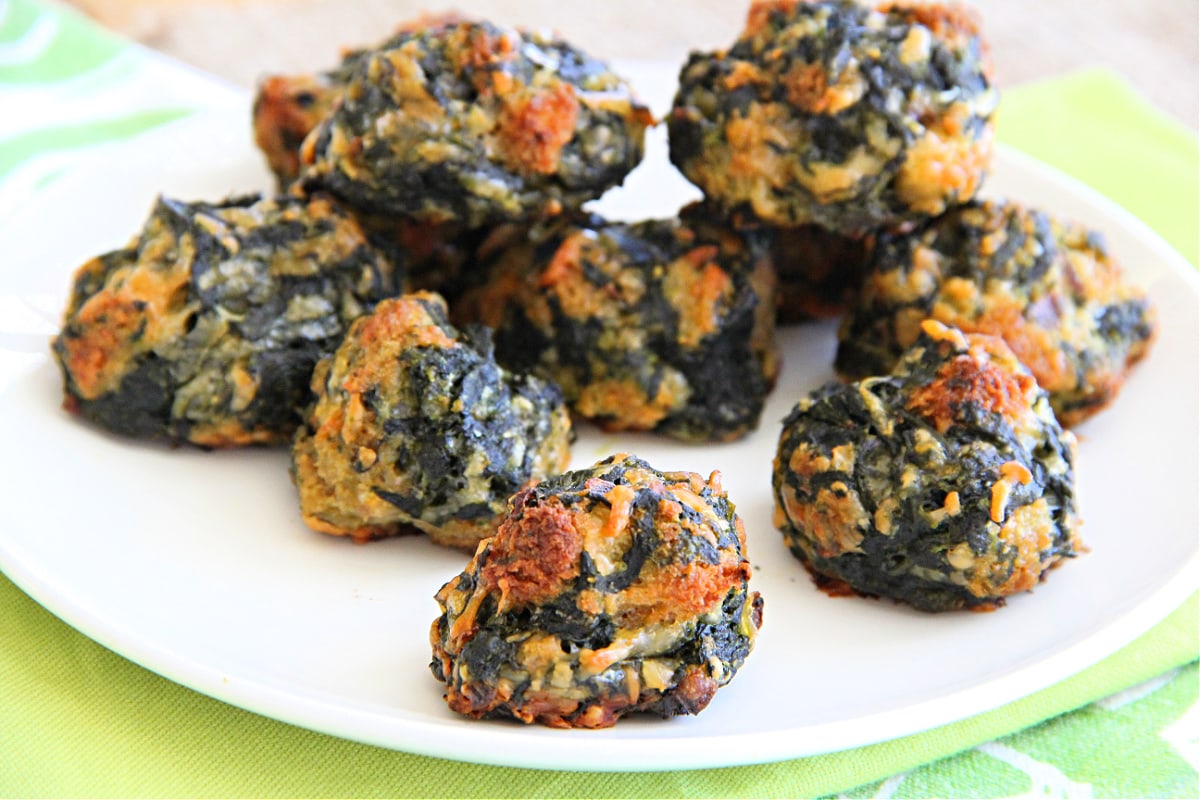


{ 2 comments… read them below or add one }
← Previous Comments